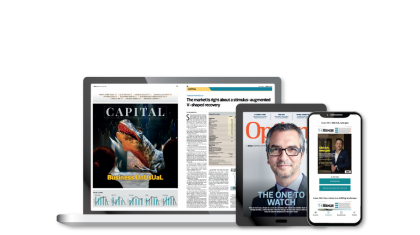
To continue reading,
Sign in to access this Premium article.
Subscription entitlements:

Less than $9 per month

3 Simultaneous logins across all devices

Unlimited access to latest and premium articles

Bonus unlimited access to online articles and virtual newspaper on The Edge Malaysia (single login)
Related Stories
- ‘Buy’ Grab as 3QFY2024 earnings hitting all the right notes, analysts say
- Grab shares jump after company raises forecast
- Funds turn to Korea for AI stock exposure as TSMC gets crowded






